Writing a shader for Unity and I don't understand what is happening here. I have a sphere with a material attached. Material has a shader attached. Shader is very simple, it generates some simplex noise, then uses that as the color for the sphere.
Shader code:
Shader "SimplexTest"
{
Properties
{
_SimplexScale("Simplex Scale", Vector) = (4.0,4.0,4.0,1.0)
}
SubShader
{
Tags { "RenderType"="Opaque" "Queue"="Geometry" }
Pass
{
CGPROGRAM
#pragma vertex vert
#pragma fragment frag
#include "UnityCG.cginc"
#include "SimplexNoise3D.hlsl"
float3 _SimplexScale;
struct appdata
{
float4 vertex : POSITION;
};
struct v2f
{
float4 position : SV_POSITION;
float4 color : COLOR0;
};
v2f vert (appdata v)
{
v2f o;
float4 worldPosition = mul(unity_ObjectToWorld, v.vertex);
o.position = UnityObjectToClipPos(v.vertex);
float small = snoise(_SimplexScale * worldPosition);
// o.color = small * 10; // Non-Saturated (A) Version
o.color = saturate(small * 10); // Saturated (B) Version
return o;
}
fixed4 frag (v2f i) : SV_Target
{
return i.color;
}
ENDCG
}
}
}
The simplex noise function is from Keijiro's Github.
The non-saturated version (Version A) is as expected. By multiplying the simplex noise by a factor of 10, the result is a series of white and black splotches. Saturate (Version B) should theoretically just chop all the white splotches off at 1 and the black ones at 0. But it seems to be creating a whole new gradient and I don't know why.
I assume I'm missing some key assumption, but it isn't clear to me what that would be, since the math seems correct.

